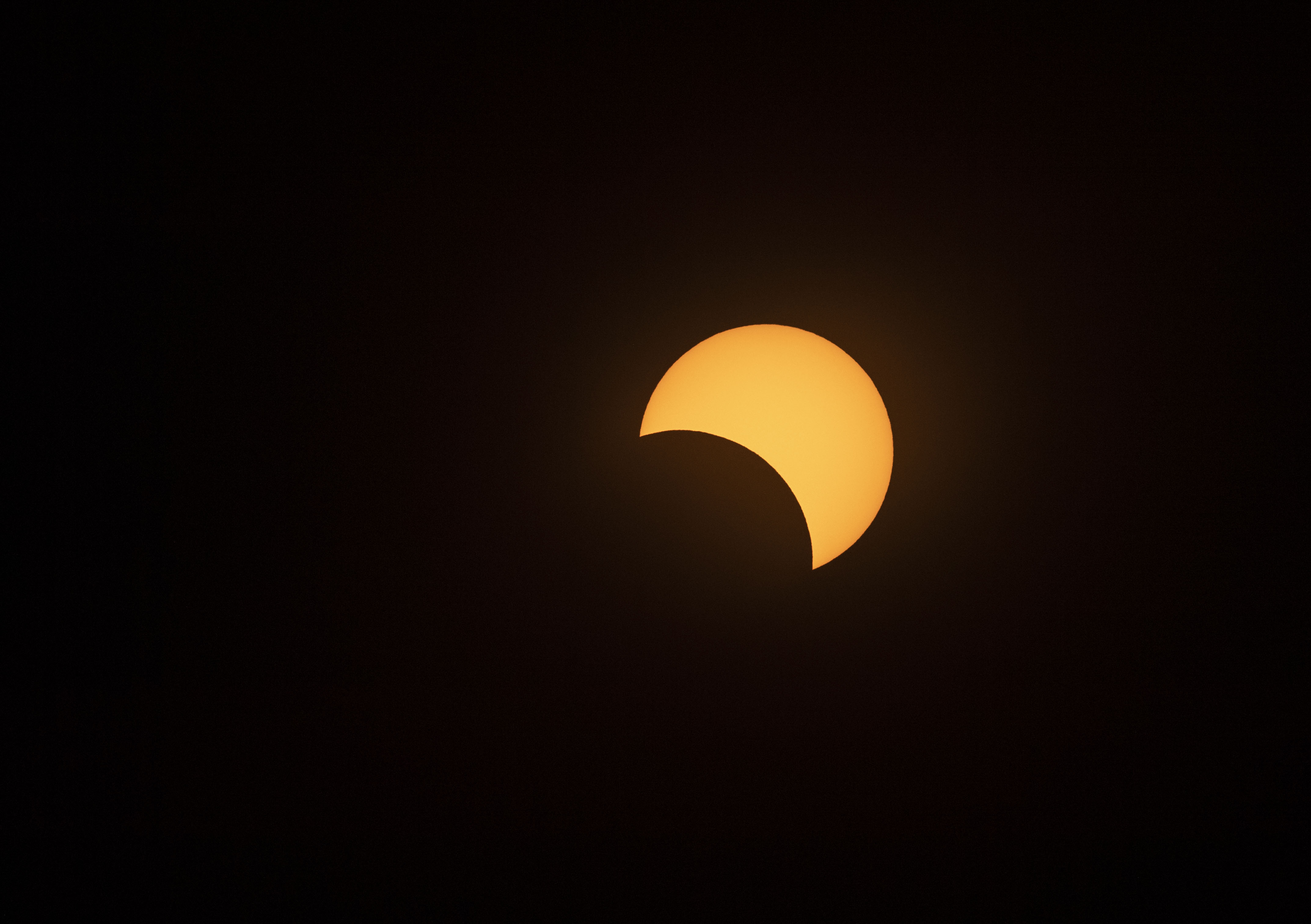Date, time, where and how to see it

(CNN Spanish) – This Saturday there will be partial solar eclipse Known as the “Black Moon”. We tell you what it is and how you can see it and from where.
What is a “black moon” solar eclipse?
that solar eclipse It occurs when the moon is located between the sun and the earth. This creates a shadow that partially or completely blocks the sunlight. When it is partial, as in the case of an eclipse on April 30, “the sun and moon do not align perfectly, so the moon does not completely cover the sun,” NASA explains.
And why is it called a “black moon”?
It relates to the phase in which the moon is more than the eclipse.
The black moon is basically the second new moon of the month, which is a rare occurrence. It works similarly to a leap year. The lunar cycle usually takes about 29 days to complete, but our months are a little longer. So sometimes, about every 32 months, we have two full moons or two new moons. The second full moon in the month is called the blue moon, and the second new moon is called the black moon.
Where and when can you see a partial solar eclipse?
The astronomical phenomenon can be seen in Antarctica, the southern tip of South America, the Pacific Ocean and the Atlantic Ocean. According to the Space Gateway, which specializes in space issues, “the eclipse will begin at 2:45 p.m. EST, when it is first visible to sky watchers in the areas where it can be seen. The maximum time of the eclipse will be at 4:41 p.m. EST. The eclipse will end at 6:37 pm EST.”
“As it sets in the west on the evening of April 30, the sun will appear partially smashed to those with clear skies over Chile, Argentina, most of Uruguay, western Paraguay, southwest Bolivia, southeast Peru, and a small area of southwest Brazil,” according to NASA.
How can I watch the eclipse safely?
This is very important: you cannot look directly at the sun.
Any glimpse of the sun’s brilliance is not only annoying, but dangerous. Looking directly at the strong glare of the sun can damage the retina, the light-sensitive part of the eye.
Even the slightest amount of exposure can cause blurred vision or temporary blindness. The problem is, you won’t know if it’s temporary. You need eclipse glasses, which are regulated according to international safety standards.
Whether you use cardboard eclipse glasses or a hand card with a rectangular viewfinder, the most important feature is the filter.
“Filters that meet the ISO 12312-2 standard reduce sun glare to a safe and comfortable level, similar to that achieved by a full moon, and block harmful ultraviolet and infrared rays,” says Rick Fienberg of the American Astronomical Society.
“Sunscreens that meet this standard are about 100,000 times darker than regular sunglasses, and these glasses don’t block infrared rays.”
With information from CNN’s Ashley Strickland and Victoria Fernandez Peledo from CNN Spain.

“Bacon advocate. Certified creator. Twitteraholic. Tv junkie. Beer fanatic. Internet nerd. Passionate thinker. Reader.”




:quality(85)/cloudfront-us-east-1.images.arcpublishing.com/infobae/OF4NJDPGLBEYJAZ5XZMH3OIPJ4.jpg)



